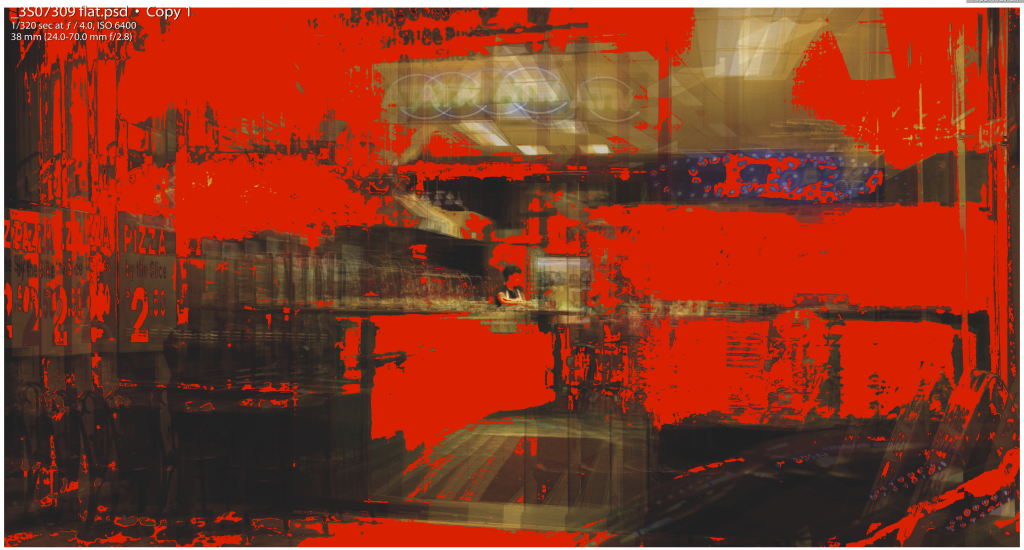This is post seven in a series about my experiences in publishing a book. The series starts here.
I went to my Lightroom collection of the Staccato images. There were 609 of them. I told Lr to just show me the ones rated two stars and higher. That got it down to 380. I decided to go through all the remaining images, giving them a good look, in case I missed something, since with this series three stars and higher is normally my threshold for exhibition.
I culled the obvious not-ready-for prime-time images, and got the number to 153. Then I started removing images that were similar to other, better, ones. Then I did another cull, this time being tougher. All that got me to 92 images, with a few different versions of the same set of captures. So I’m close to my goal of 80 images. I’ll stay with this set for a while, although, once I do the final cull, I may end up with fewer than 80.
I turned the Lr soft proofing on, set up the Coated GRACoL 2006 profile in the right-hand panel of the Develop module, turned the gamut limit alarm on, and went through all the images.
One was completely within the GRACoL gamut. Many were almost completely within the gamut. Many had a lot of important content outside of it. Here are two of the worst ones (the gamut alarm color is red):
There were many images in which not much of the image was outside of the printer gamut, but those parts that were were important to the success of the photograph. Neon tubes are an example:
What I will do now is go through the images with gamut alarm off, rendering intent set to relative colorimetric, and see if there are any images whose presence in the book were marginal in the first place and suffer a lot from being forced into the gamut of the GRACoL press. Images that fall into that category probably aren’t worth the time and effort required to save them.




Leave a Reply